As of April 1, Making Stories is closed. Thank you for your support all these years!
As of April 1, Making Stories is closed. Thank you for your support all these years!
Spinning Fiber
Notions & Gifts
Books, Magazines & Patterns
About Us
We're here to help you stitch sustainability into every aspect of your making.
With our carefully curated selection of non-superwash, plastic-free yarns and notions, we have everything you need to get started on your next project - and the one after that.
Here's to a wardrobe of knits we love and want to wear for years to come!
We're here to help you stitch sustainability into every aspect of your making.
With our carefully curated selection of non-superwash, plastic-free yarns and notions, we have everything you need to get started on your next project - and the one after that.
Here's to a wardrobe of knits we love and want to wear for years to come!
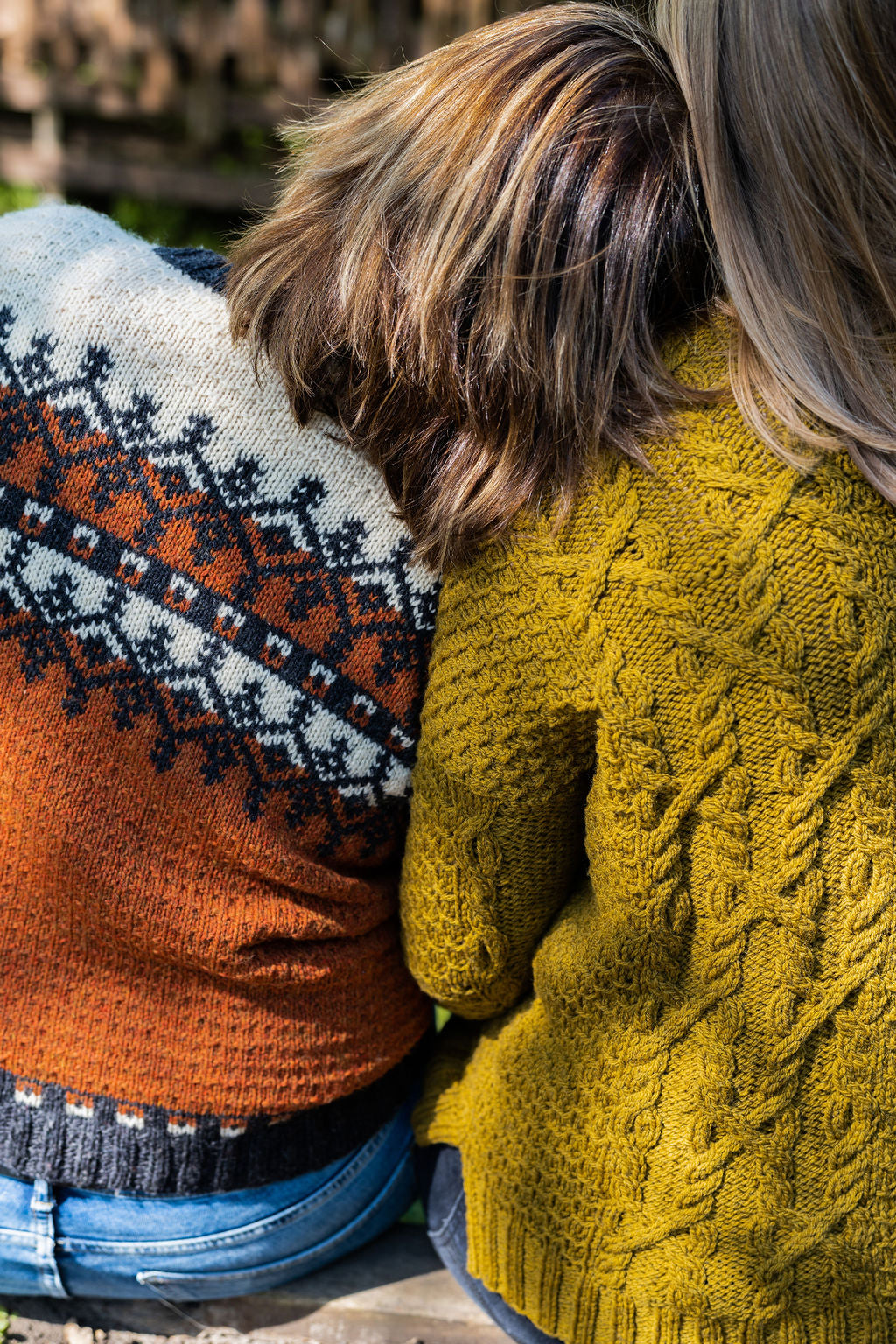
Our Sustainability Pledge

Our Blog
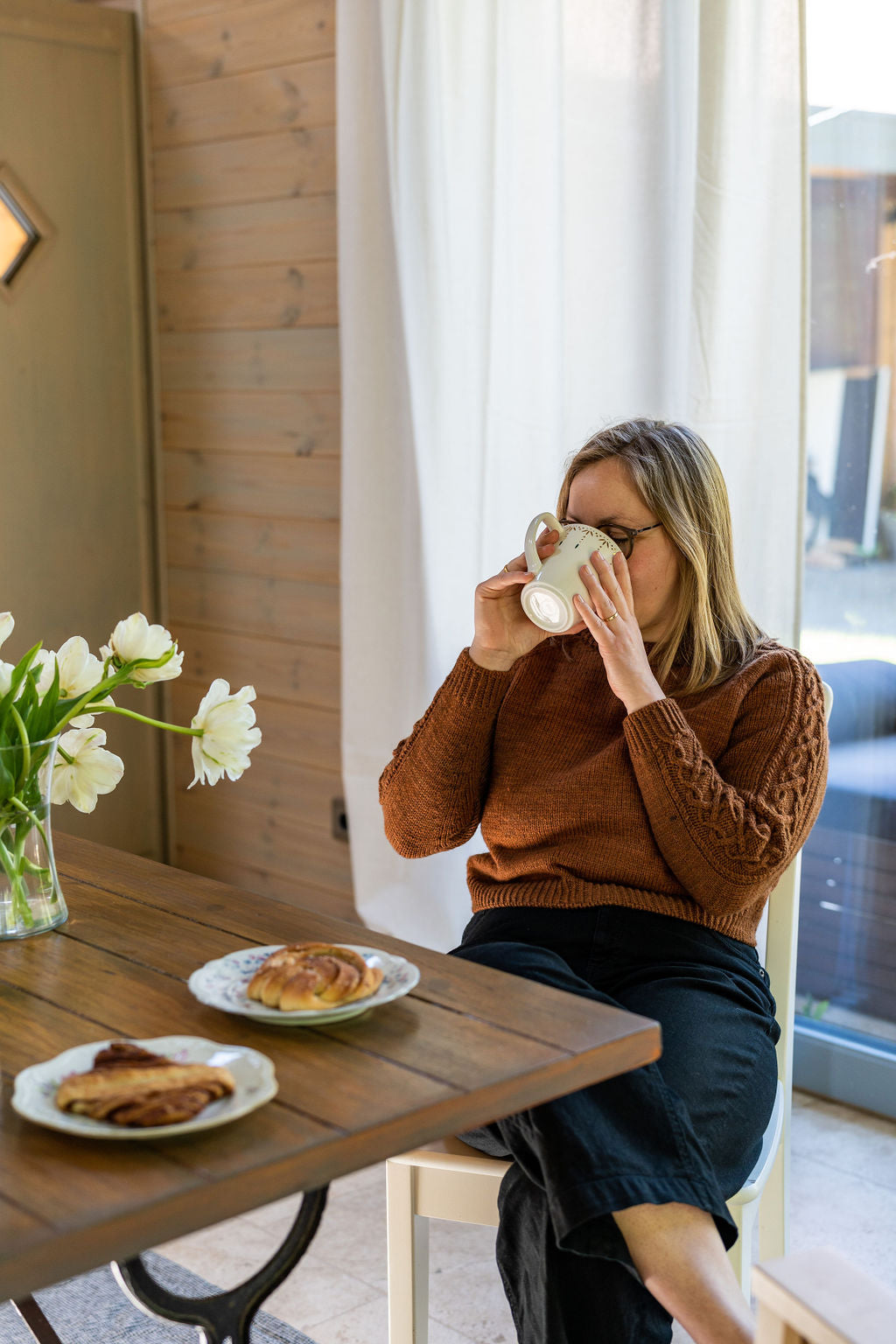
Our Podcast
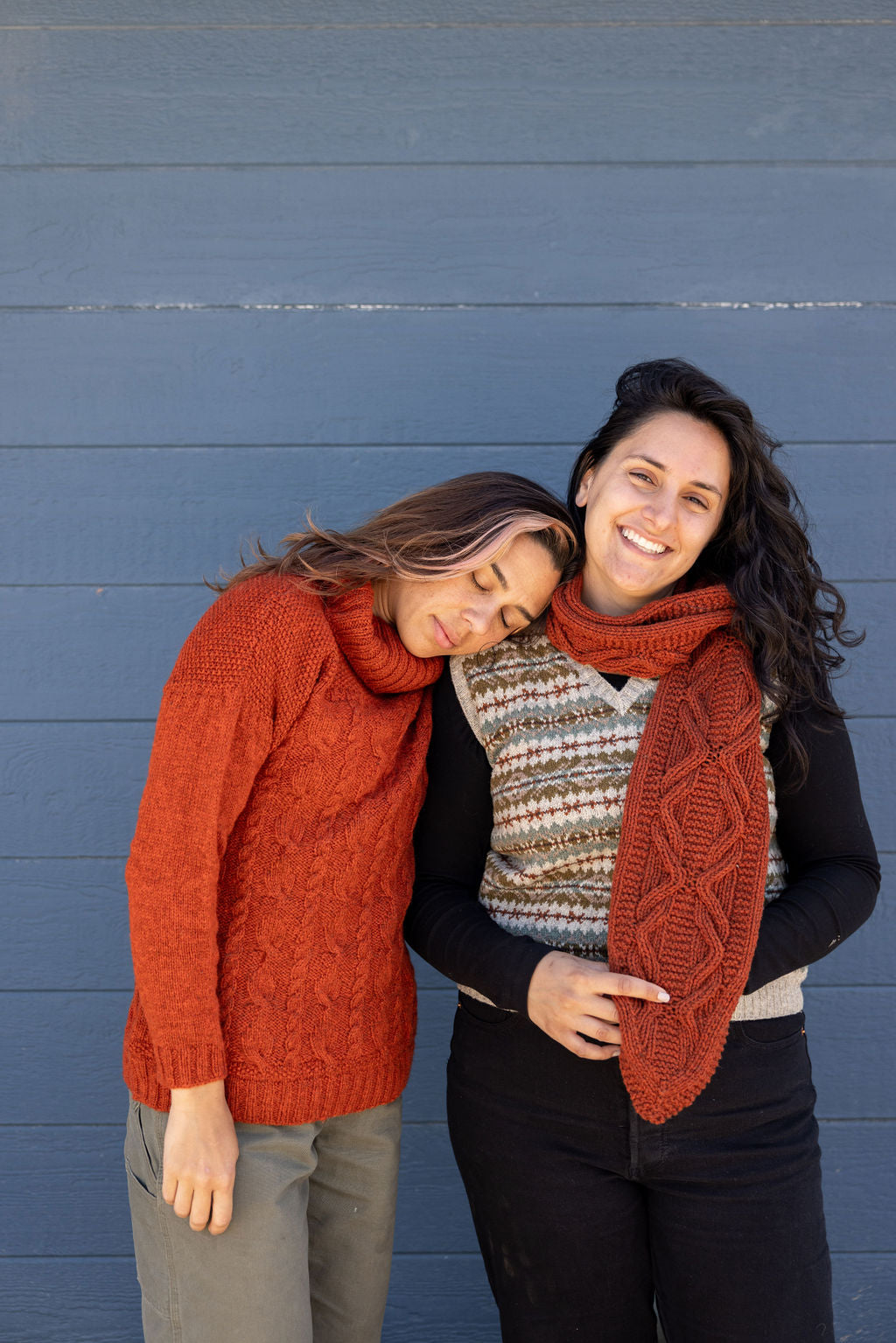
The Making Stories Collective
Acid Dyeing vs. Natural Dyeing - A Gentle Introduction
November 11, 2020 4 min read 3 Comments

Hello lovelies! We've talked a lot about fiber and yarn in the last few months here on this blog, but one area that we've only ever-so-slightly touched upon is dyeing. While I love a beautiful natural grey or cream in my stash, I also have a very, very soft spot for beautiful colors (dyed on a grey base - be still my heart!). As dyeing is an essential part of most yarns' journey, we thought it'd be interesting to explore the intersection of dyeing and sustainability in a little mini-series in these next few weeks!
We're starting off today with a short and gentle overview of two of the terms you're very likely to come upon when it comes to yarns, especially those dyed by indie dyers: Acid dyeing and natural dyeing.
As with all things sustainable yarn and knitting, there's no hard and fast answer to which one of those two is more sustainable. Both have their benefits and drawbacks, and we'll explore those in detail in two upcoming blog posts that feature two fantastic indie dyers. They'll be sharing insights into each of those yarn dyeing methods and their impact on the environment!
For today, I'd love to start with a short exploration on what acid dyeing and natural dyeing actually is.
Acid Dyeing
'Acid dyeing' describes a dyeing process that uses a specific set of synthetic dyes, acid dyes. Synthetic dyes - and therefore also acid dyes - are chemically manufactured. They consist of chemical compounds and their exact makeup differs from dye to dye.
Fun fact: The first synthetic dye was discovered by accident! In 1856, William Henry Perkin, an English chemist, was trying to create synthetic quinine as a cure against malaria. He didn't succeed in that, but along the way he produced mauveline, the first synthetic dye, out of a coal tar derivative.
Acid dyes are a sub-group of synthetic dyes that's called 'acid' because you need a dyebath with a lower pH - i.e. an acidic dyebath - for these particular dyes to bond to the fiber. Acid dyes can be used to dye protein fibers - i.e. wool, silk, angora, alpaca, mohair, and the like - and certain synthetic fibers that are chemically similar to protein fibers, like nylon, which is chemically similar to silk.
They produce beautiful colors - both bright and earthy ones, depending on which type and brand of acid dyes the dyer uses. One critical part of acid dyeing though is that the components of acid dyes can be (sometimes highly) toxic to both humans and the environment. This is why utmost care is really important when it comes to both the production and the usage of these dyes - think protective gear, working in a safe dyeing space, and careful treatment of all waste coming out of the dyeing process (including the waste water).
We'll dive into all the intricacies of acid dyeing in our deep-dive blog post that's coming up in just a few short weeks. For now, let's take a look at:

Natural Dyeing
'Natural dyeing' is used to describe any type of dyeing that's not using synthetic dyes, but natural dyes. Natural dyes are derived from plants, animals or minerals without any synthetic treatment involved. That is not to say that there is no processing at all involved - natural dyes can refer to both 'whole' plant stuffs, for example (think avocado pits, onion skins), and extracts!
Natural dyes can be used to dye both protein as well as cellulose fibers - i.e. you can dye everything from wool to linen, from alpaca to bamboo with them. That being said, depending on which fiber and dye stuff or extract you use you will often need to employ a so-called 'mordant' to make sure the dye actually sticks to the fiber. There are both plant-based (hello soy milk!) and metal mordants, and the way they're applied differs depending on the dye method, fiber and dye.
While naturally dyed yarns are often known for their beautiful subtle colors, you can actually achieve brilliantly bright shades with natural dyes as well! That being said, natural dyeing often requires a lot of dye stuff (if not using extracts), water and electricity during the dyeing process. More on that in our deep-dive post into natural dyeing!
A Note on Botanical and Plant Dyeing
Both botanical and plant dyeing are terms that have become more common in the yarn world in the past few years. Both can, but do not have to refer to natural dyeing - and this is where it gets confusing! Some dyers use these two terms instead of natural dyeing to describe that they're not using extracts in their dyeing, but only whole plant stuffs.
Often, though, botanical and plant dyeing are used interchangeably with natural dyeing. If it's important to you to know whether only whole plant stuffs have been used in the dyeing, I would recommend reaching out to the respective dyer and asking them about it!
3 Responses
shweta
March 12, 2022
amazing blog and you have explained very nicely
Sardar chemicals
January 26, 2022
Outstanding.. your outlook on this is amazing
Leave a comment
Comments will be approved before showing up.
Also in Blog

Issue 13 – Confetti & Rainbows | Official Pattern Preview
February 12, 2025 13 min read
Hi lovelies! The sun is out here in Berlin, and what better day to talk about one of the most joyful issues we've ever done than a brilliant sunny winter day – meet Issue 13, Confetti & Rainbows!
In Issue 13 – our Spring 2025 Issue – we want to play! Confetti and rainbows, unusually and unconventionally interpreted in 12 new knitwear designs – a journey through color, shapes, texture and materials.
Confetti made out of dried flowers, collected over months from bouquets and the road side. Sparkly rainbows, light reflecting. Gentle textures and shapes, echoing the different forms confetti can take. An unexpected rainbow around the corner, on a brick wall, painted in broad strokes.

New Look, Same Heart: The Story Behind Our Delightful Rebrand
January 16, 2025 4 min read 1 Comment
Hi lovelies! I am back today with a wonderful behind-the-scenes interview with Caroline Frett, a super talented illustrator from Berlin, who is the heart and and hands behind the new look we've been sporting for a little while.
Caro also has a shop for her delightfully cheeky and (sometimes brutally) honest T-Shirts, postcards, and mugs. (I am particularly fond of this T-Shirt and this postcard!)
I am so excited Caro agreed to an interview to share her thoughts and work process, and what she especially loves about our rebrand!

Thoughts on closing down a knitting magazine
November 19, 2024 12 min read 1 Comment
Who Is Making Stories?
We're a delightfully tiny team dedicated to all things sustainability in knitting. With our online shop filled with responsibly produced yarns, notions and patterns we're here to help you create a wardrobe filled with knits you'll love and wear for years to come.
Are you part of the flock yet?
Sign up to our weekly newsletter to get the latest yarn news and pattern inspiration!

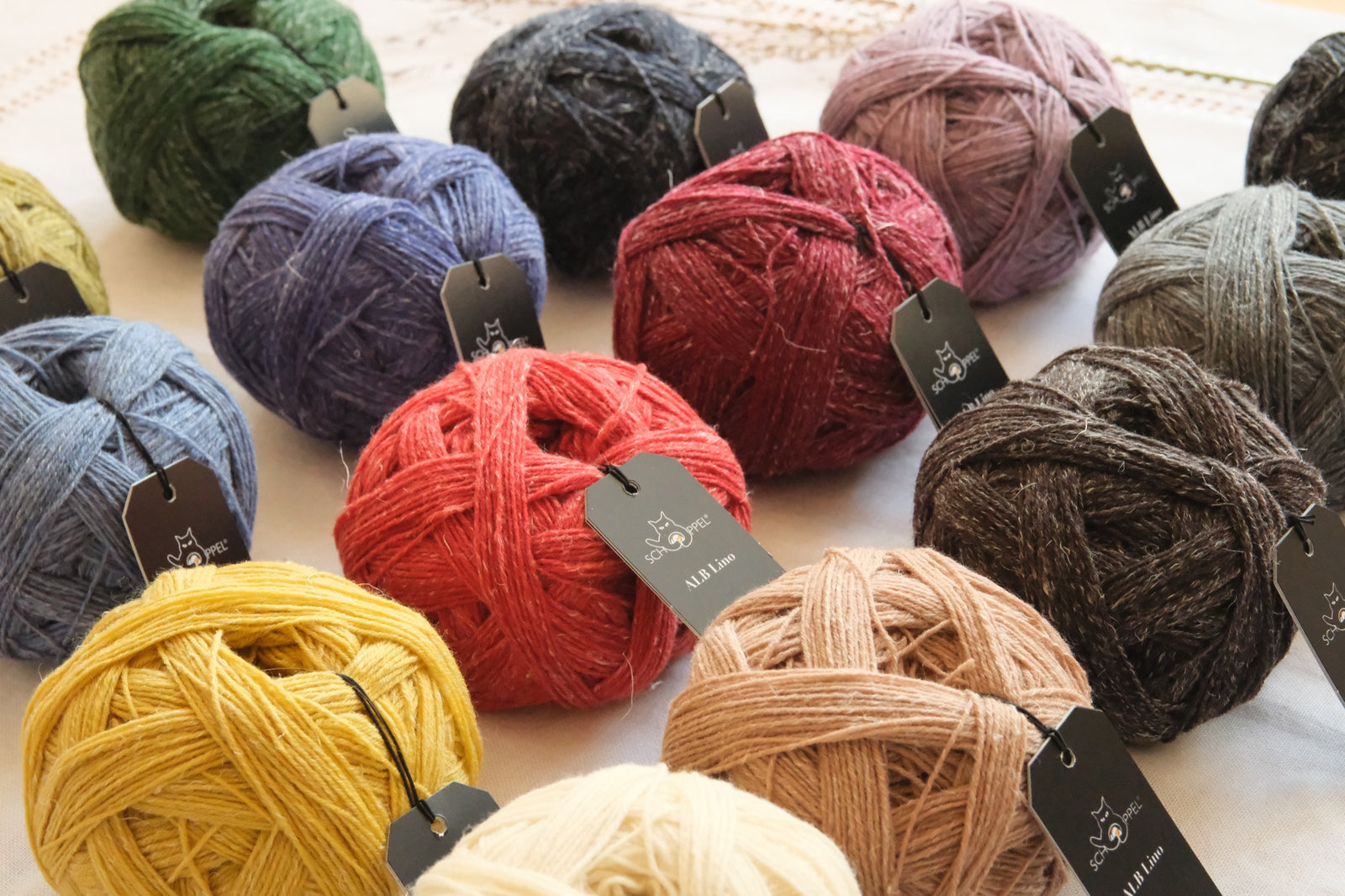
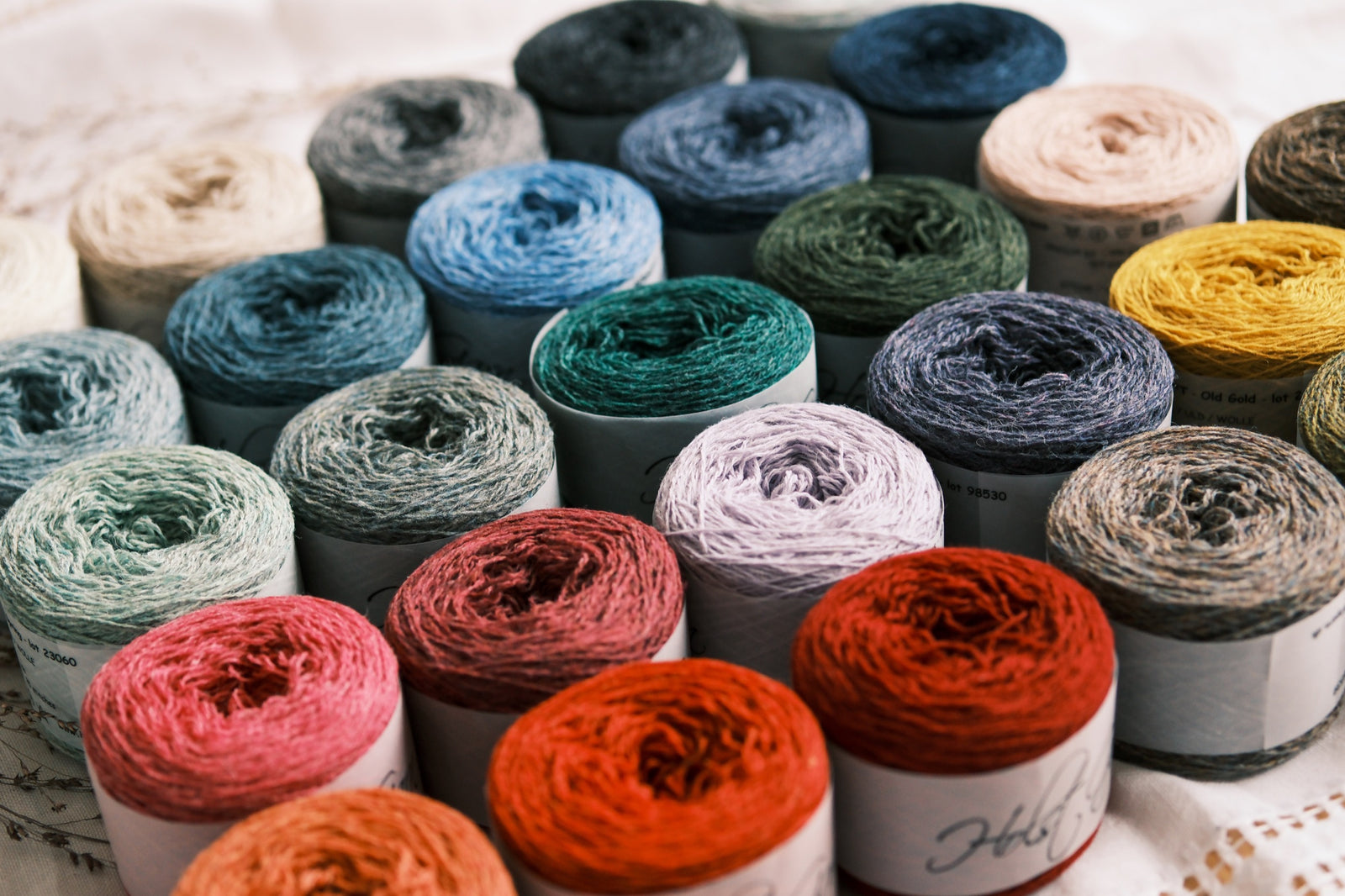
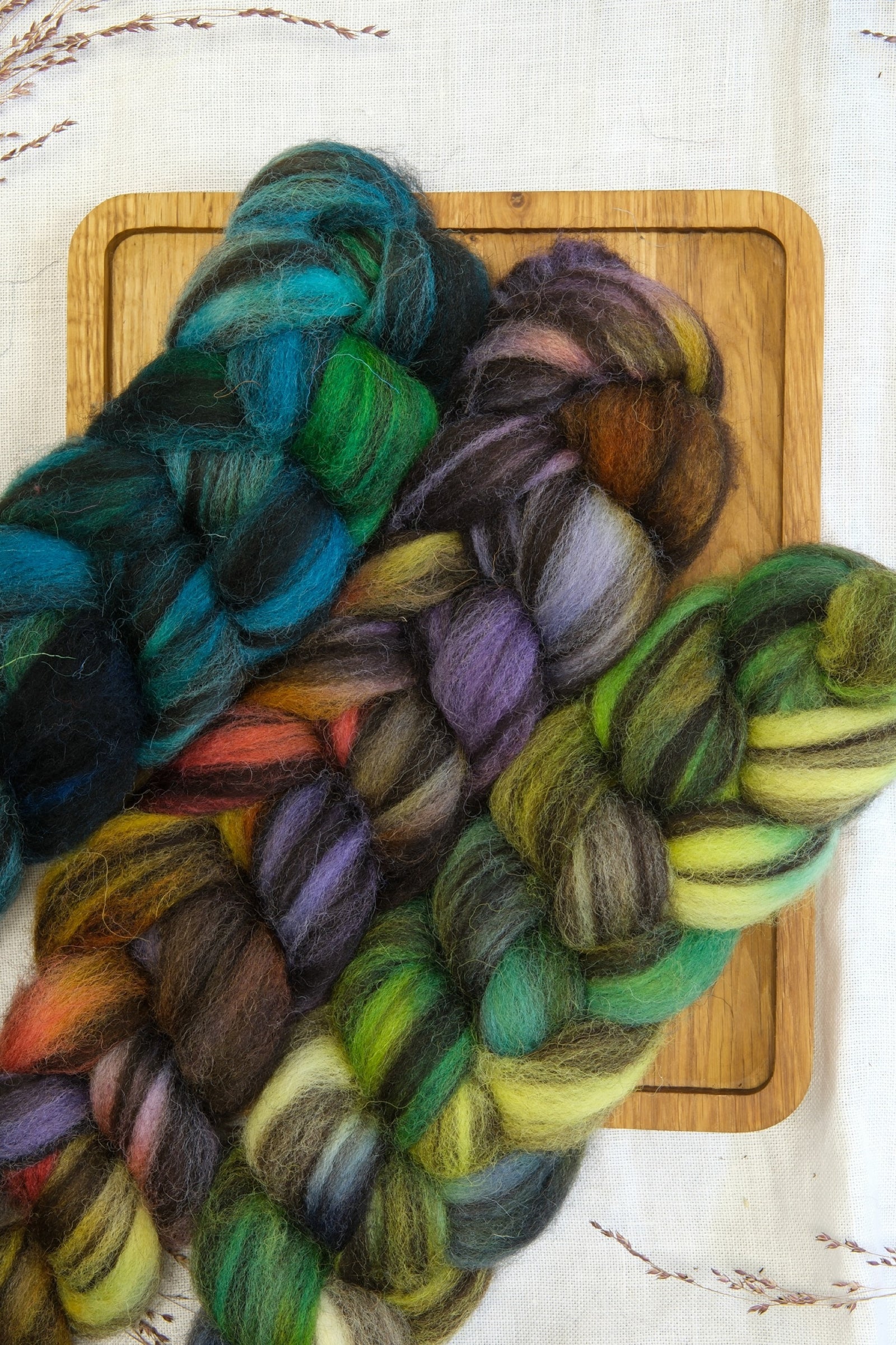
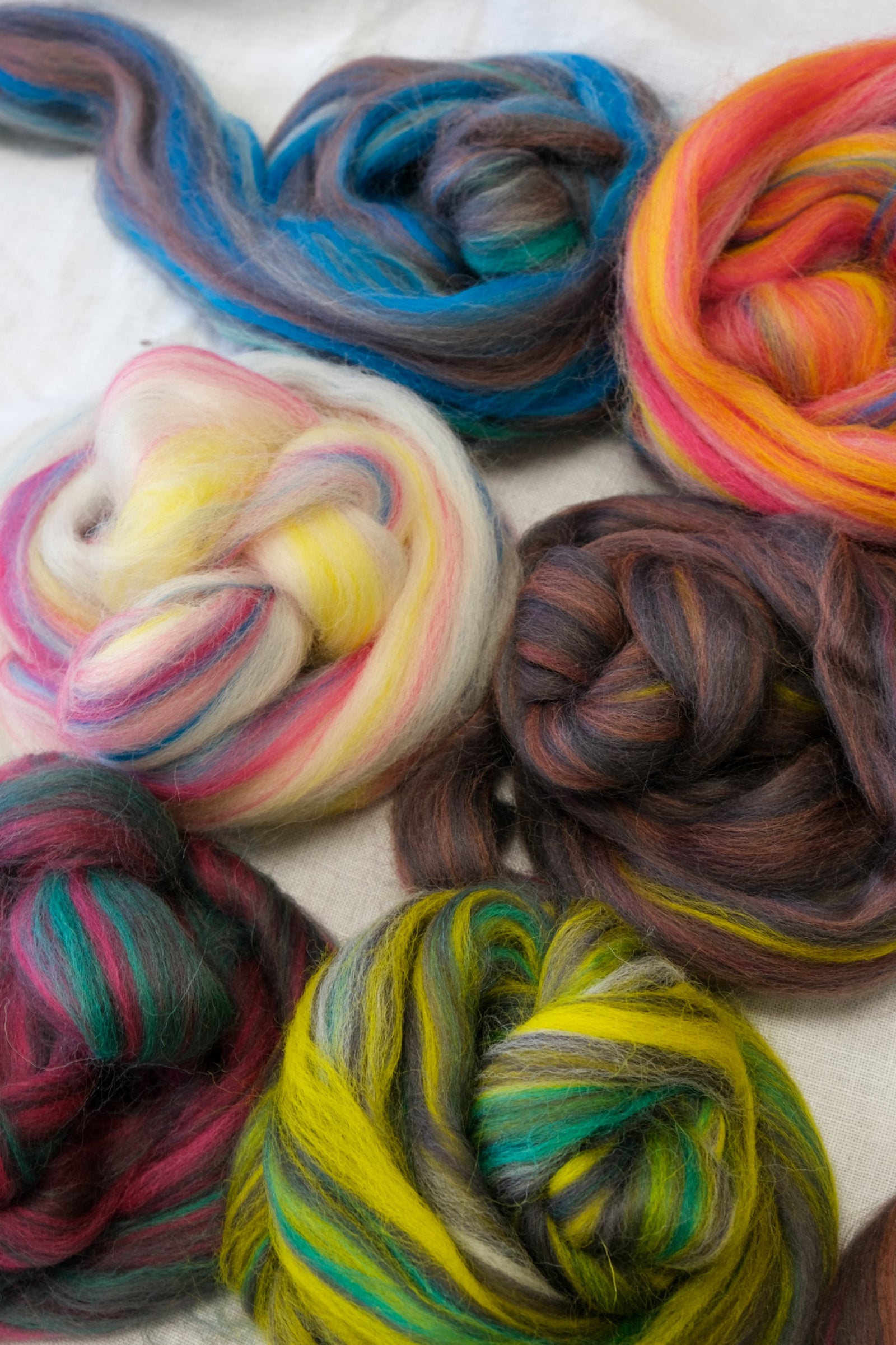
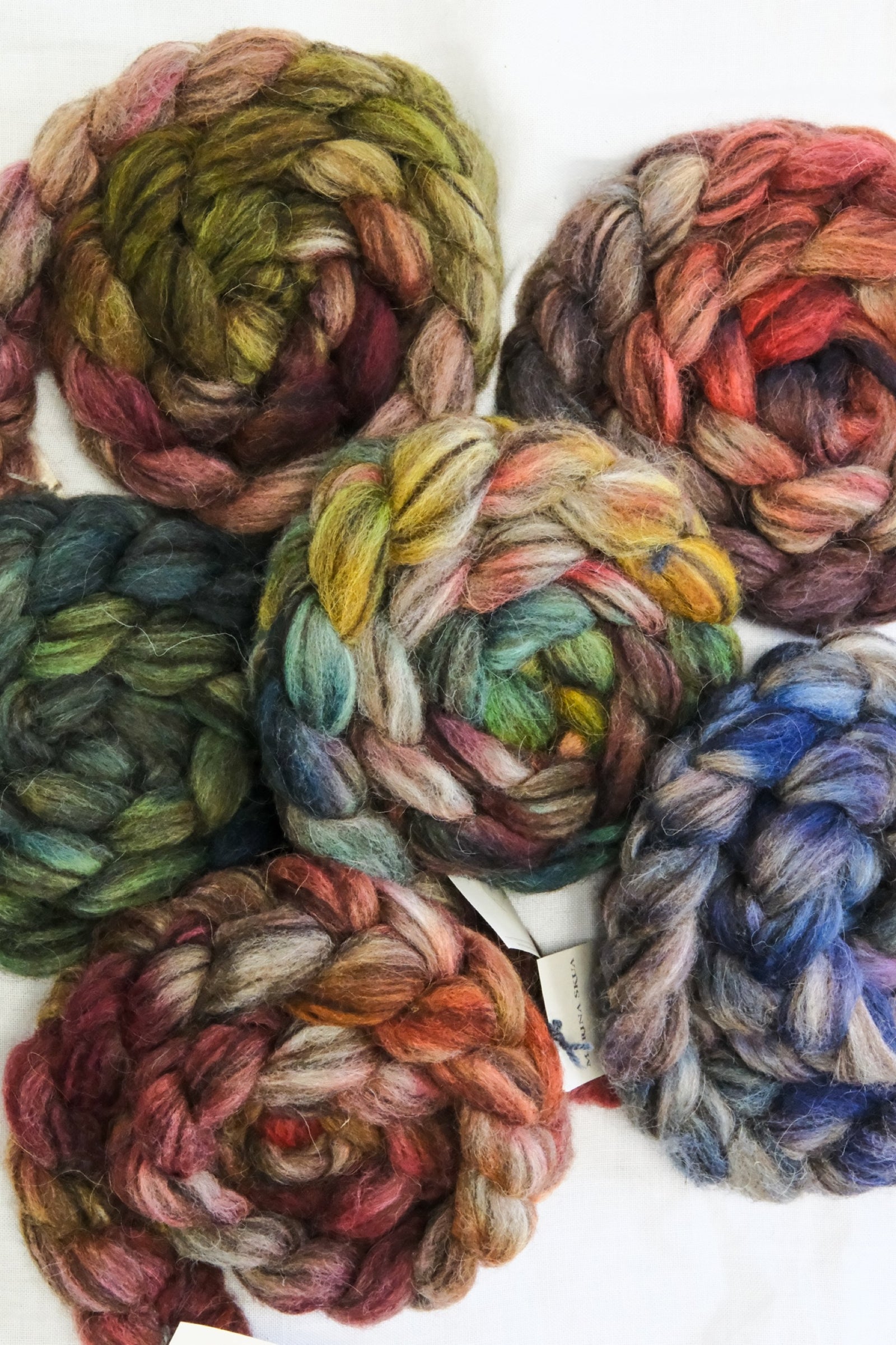
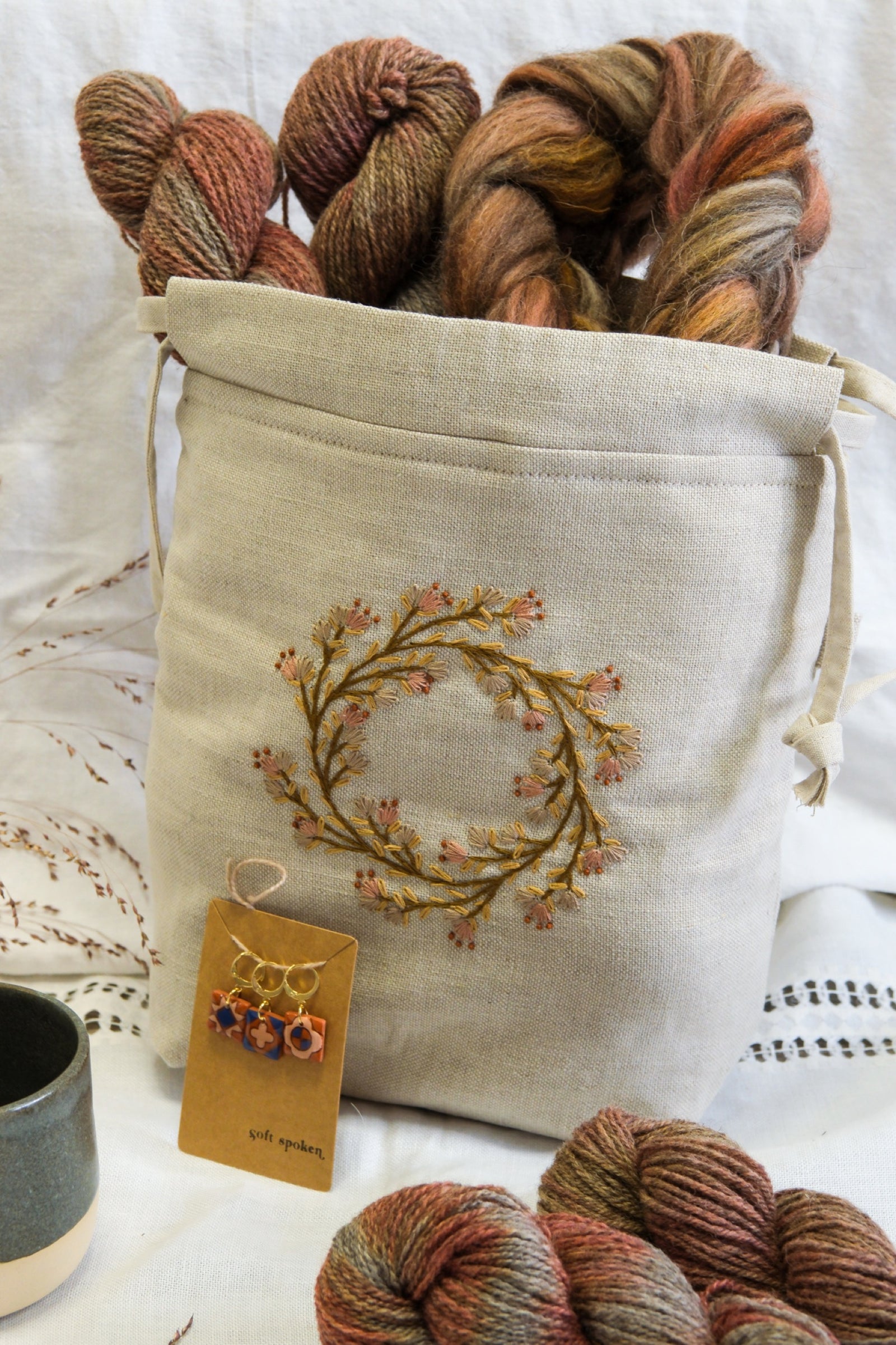
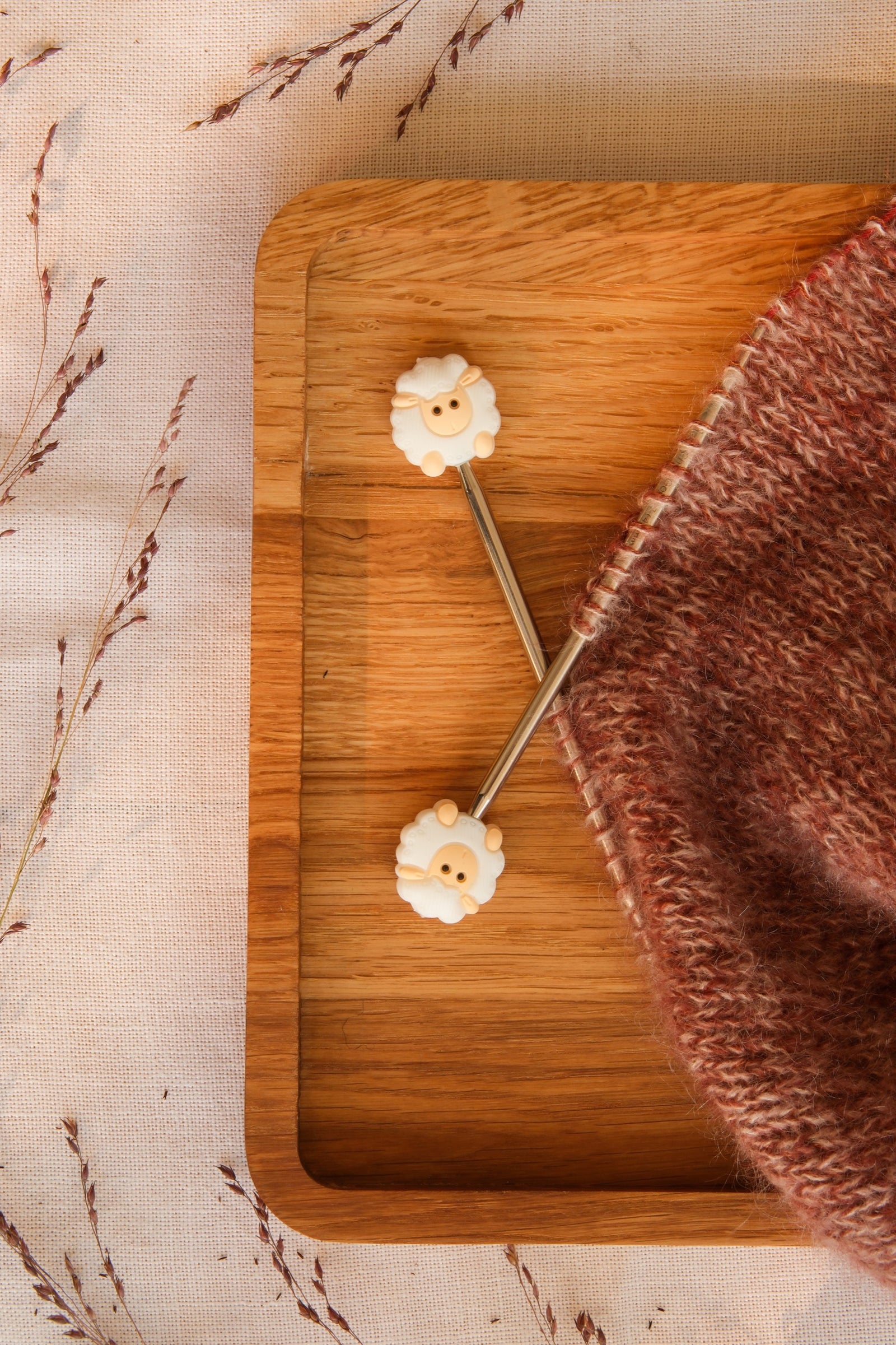
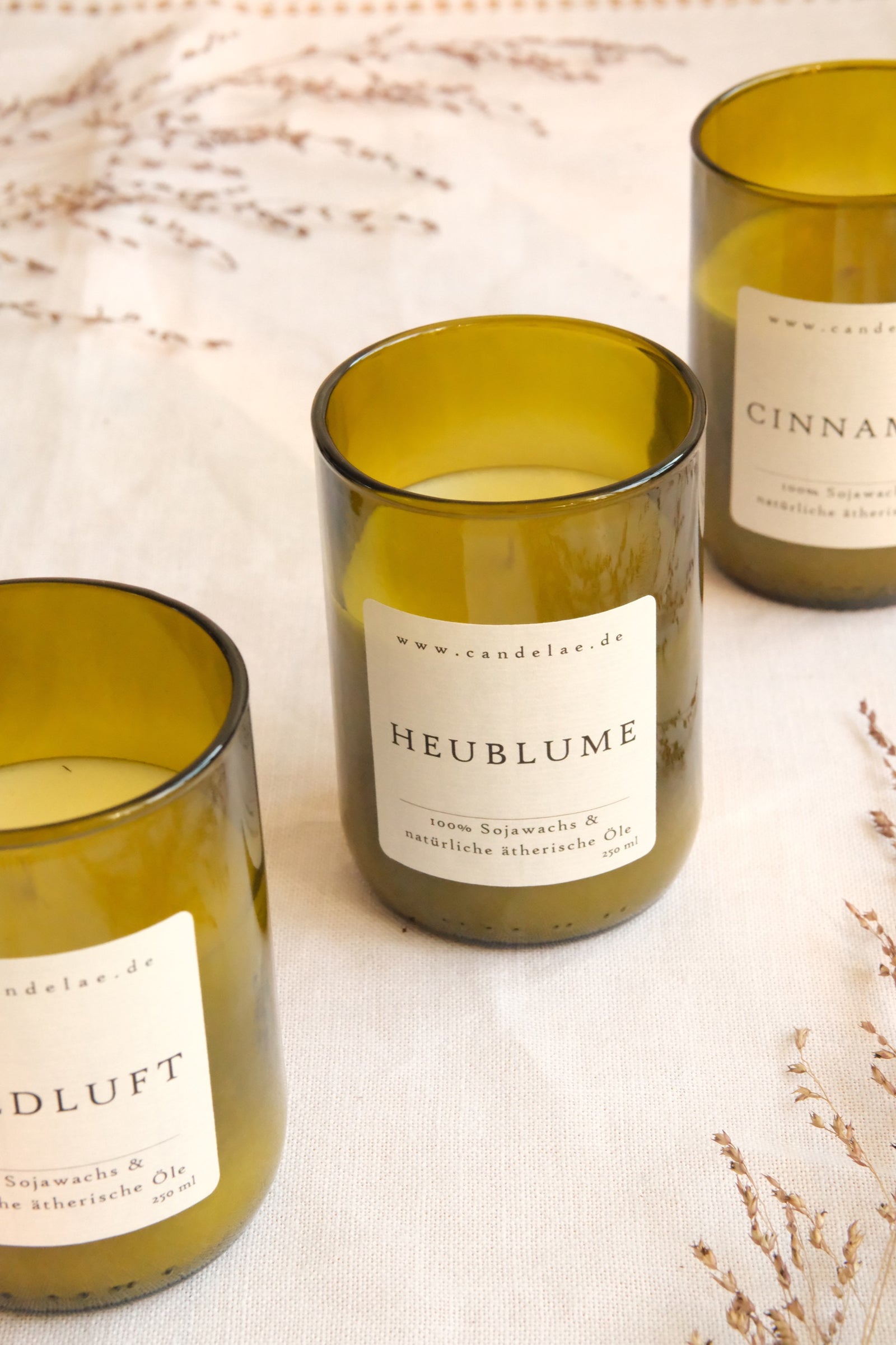
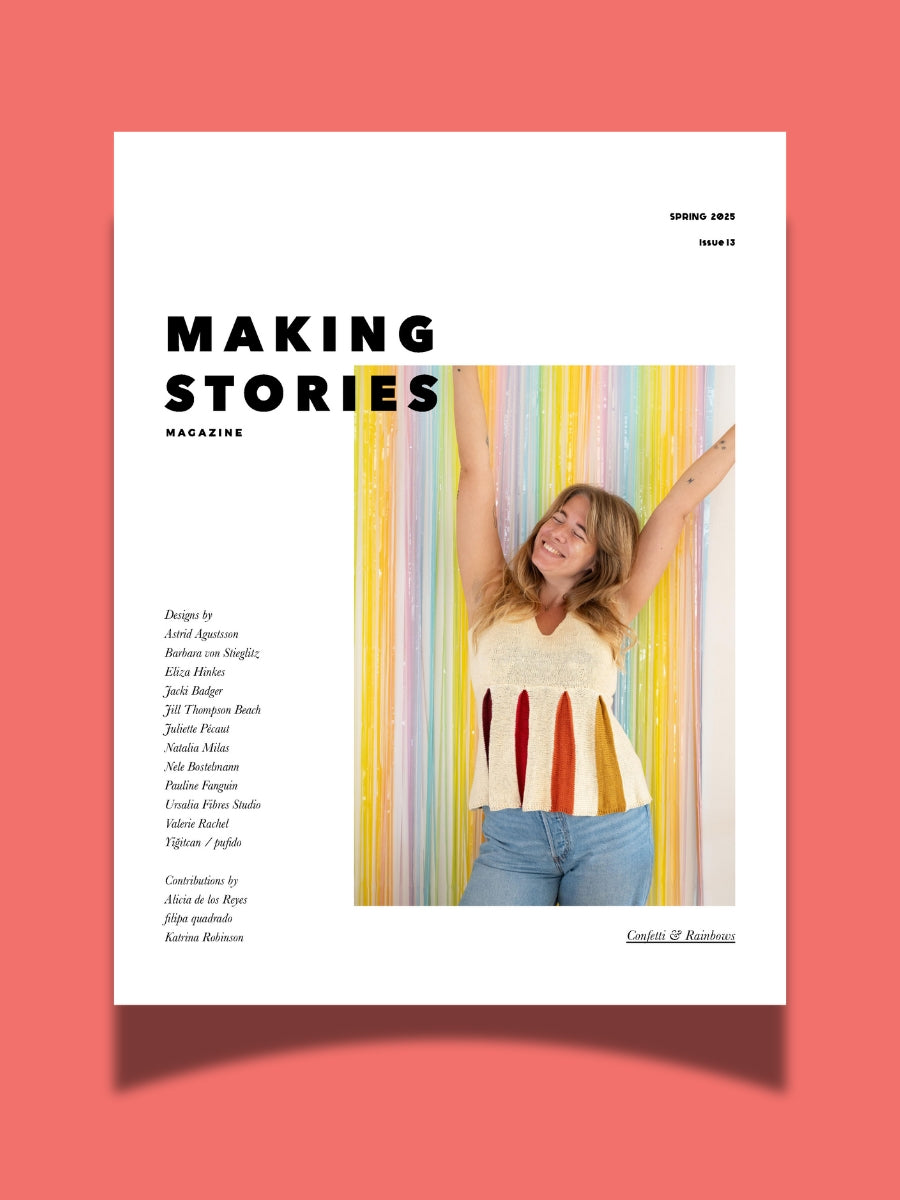

louis tenorio
June 13, 2022
from the words of my favorite mouse
“EEK Gags you astound me Brain”
I have learn something today
Thank you